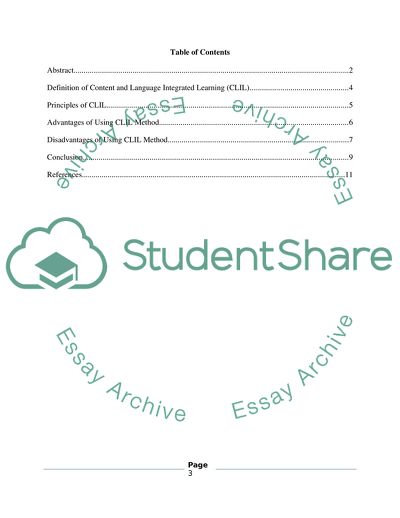Cite this document
(Content and Language Integrated Learning (CLIL) Advantages and Coursework, n.d.)
Content and Language Integrated Learning (CLIL) Advantages and Coursework. https://studentshare.org/english/1811557-content-and-language-integrated-learning-clil-advantages-and-disadvantages
Content and Language Integrated Learning (CLIL) Advantages and Coursework. https://studentshare.org/english/1811557-content-and-language-integrated-learning-clil-advantages-and-disadvantages
(Content and Language Integrated Learning (CLIL) Advantages and Coursework)
Content and Language Integrated Learning (CLIL) Advantages and Coursework. https://studentshare.org/english/1811557-content-and-language-integrated-learning-clil-advantages-and-disadvantages.
Content and Language Integrated Learning (CLIL) Advantages and Coursework. https://studentshare.org/english/1811557-content-and-language-integrated-learning-clil-advantages-and-disadvantages.
“Content and Language Integrated Learning (CLIL) Advantages and Coursework”. https://studentshare.org/english/1811557-content-and-language-integrated-learning-clil-advantages-and-disadvantages.


